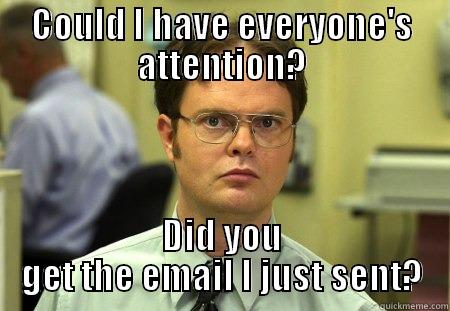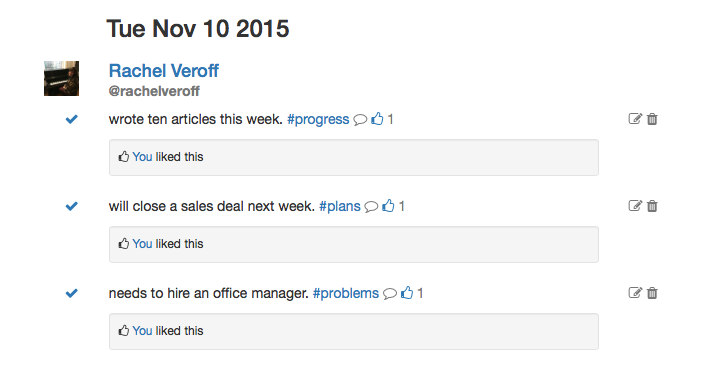
When the business world seeks new productivity tools, it often turns its gaze to Silicon Valley, an industry famous for its ability to eliminate the cruft of the workday. But there’s one productivity tool that has its roots not in open-plan offices, but in military strategy boardrooms: the daily standup meeting.
The daily standup has its instructions in the title. It’s a daily meeting where participants stand. That’s it.
Ideally, the lack of chairs promotes a quick and effective meeting. If the conversation prompts a deeper discussion about a specific topic, it’s tabled for after the daily standup.
It’s a technique that American General William Pagonis used during the First Gulf War, where he served as director of Logistics. Each morning, he had 40 officers meet together in a conference room without a table or chairs. It minimized the need for pleasantries and unnecessary comments. Even military officers, it turns out, have a tendency to digress. Pagonis found that the format maximized productivity crucial to military success. Norman Schwarzkopf, in fact, salutes Pagonis as the “logistical wizard” of the Gulf War.
After hanging up is uniform, Pagonis brought this military precision to his corporate job as a Sears executive. He brought workers into a conference room sans chairs and had a quick run-down of the day. Under his leadership, Sears streamlined its business model, cutting delivery times in half. The standup, Pagonis says, was crucial to Sears’ success. When asked why the daily standup was so effective, he said, “When you sit down, a meeting goes for over an hour or an hour and a half, and you lose everybody. When people are standing, they talk faster or they say I don’t have anything to add.” It’s that simple.
The daily stand-up takes a lot of forms. Some offices do it once a week—others, twice a day. Some use chairs, some do it electronically. Some, as it turns out, are more successful than others. This guide looks at how and why daily standups are so effective, and the best way to implement one into your workday.
Read more









